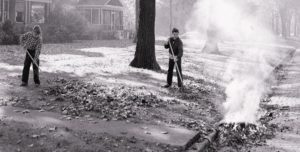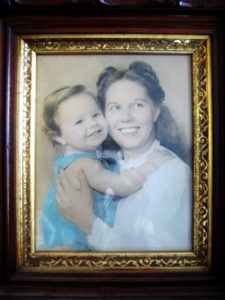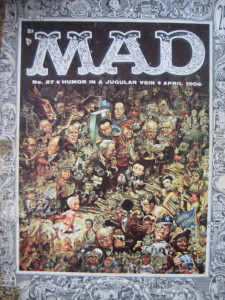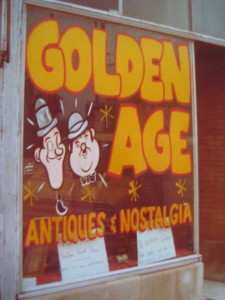As a slight diversion from youthful experiences, I would like to share with you an interesting and unusual new book I just read written by a friend of mine and available on Amazon. Thank you.
Selling Dead People’s Things by Duane Scott Cerny
I have known Duane for ten years, although probably saw him on numerous occasions prior to my joining the BAM family of Antique and Collectible dealers in 2009. At least I thought I had known him until I read his new book: “Selling Dead People’s Things.”
Being a dealer in collectible ephemera and photography for 60 years (yes, 60), I no doubt ran into him unknowingly at flea markets, yard and estate sales, over the years, never realizing that one day I would be welcomed to the Broadway Antique Market as a dealer. But this missive is not about me, it’s about Duane’s book. I read it. I loved it. I recommend it.
Like Duane, I started out selling things my father brought home from work. As I read the chapters I saw myself, to a degree, with the early-on enthusiasm of a trade discovered but with more faith than business sense; more curiosity than knowledge, but wisdom and knowledge come later and you gotta start somewhere so why not the back yard trash pile.
Duane takes us on a journey, one that doesn’t attempt to define, price and relegate scarcity of items to the reader, no, that’s for other book writers and their guides and manuals. Duane’s purpose is to take us on a trip which defines the normal, as well as occasional para-normal, experiences one may encounter in search of the desirable, resalable items of ages past.
From basements to attics and all the floors (sometimes 12) in between, we walk with the author, careful not to trip over the boxes and trash (and poop) that block our path, to discover, hopefully, that hidden treasure. Many times we are not disappointed but regardless, we always wind up with an interesting story that goes with each quest.
Selling Dead People’s Things is unlike any other book I have read on the buying and selling of antiques and collectibles. It is a poignant, sometimes funny, sometimes a bit eerie, travelogue into someone’s past, a past that is explained in part by the objects that remain behind – pieces of a puzzle for just about all ages to complete. It is a book where the individual’s story is more important than his or her possessions. Duane delivers that intimate relationship between people and their things and, in the process, we are mesmerized by his own personal unfolding story.
It is a book you will enjoy reading whether a collector or not. Take it from a guy who has been selling dead people’s photographs (we call them “vernacular” in the trade) for 60 years. Peace.






